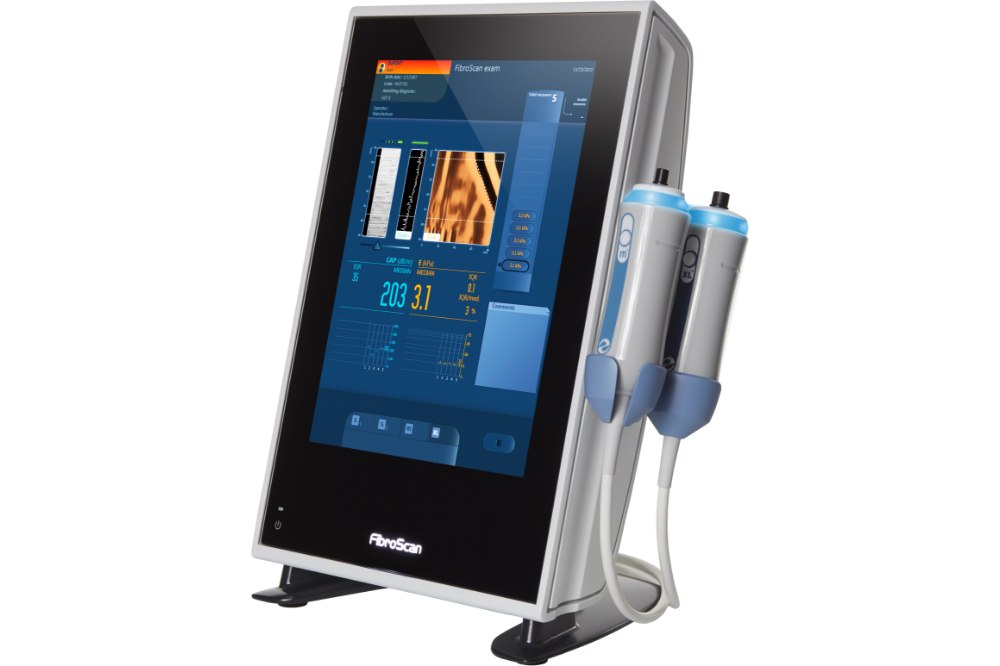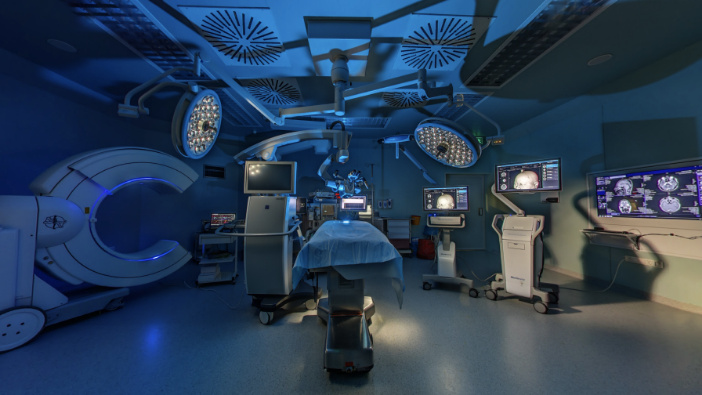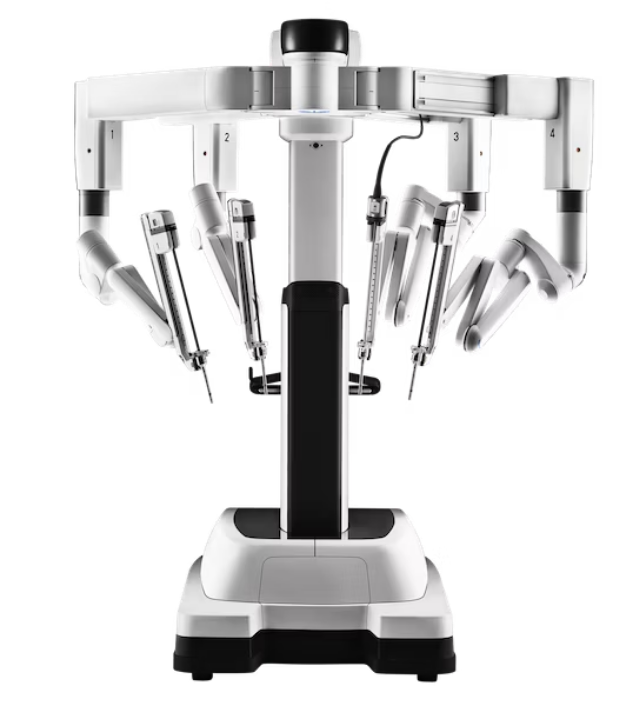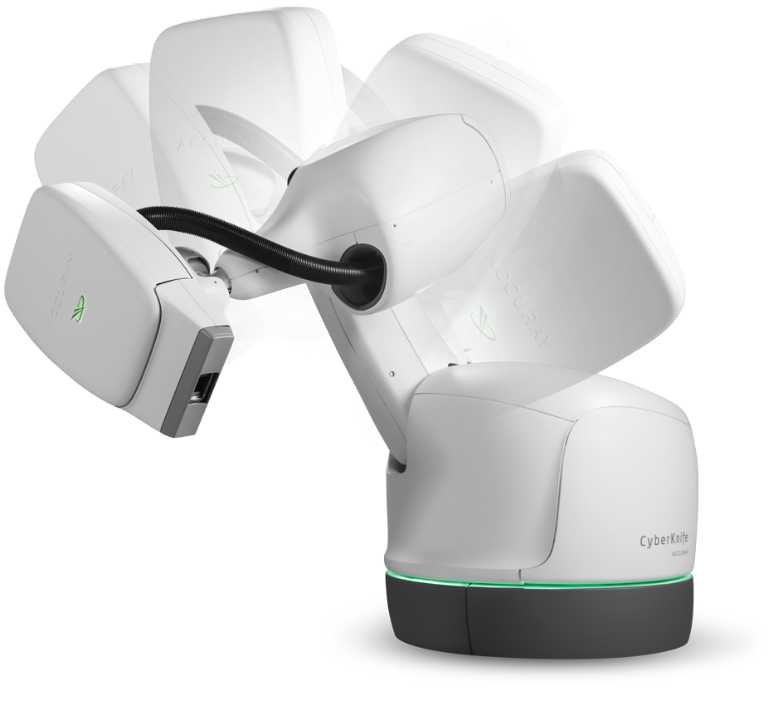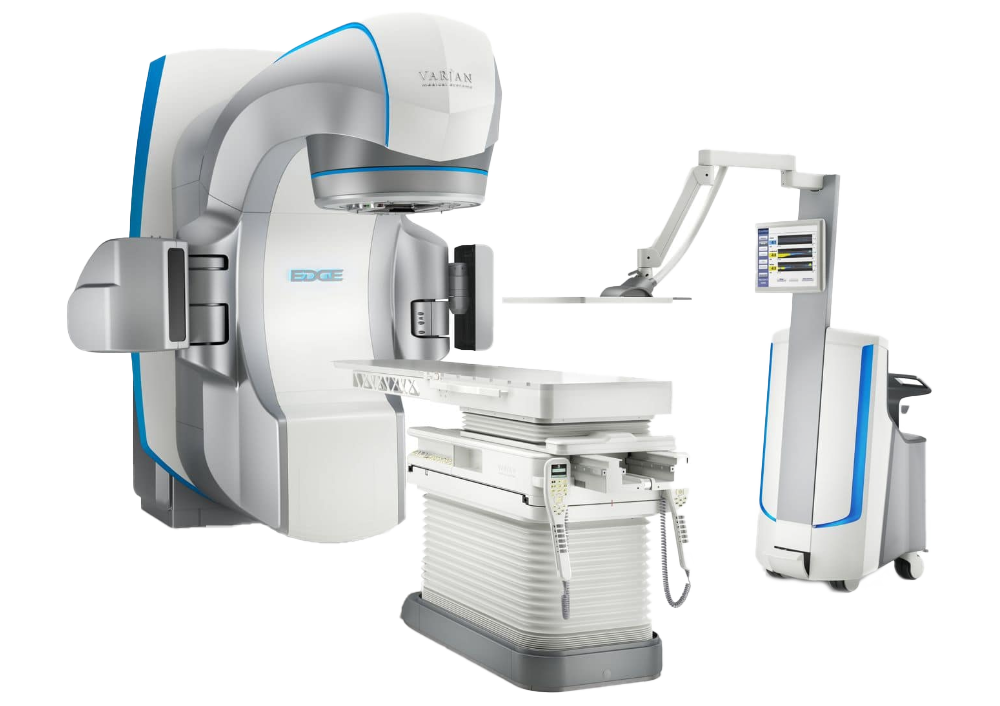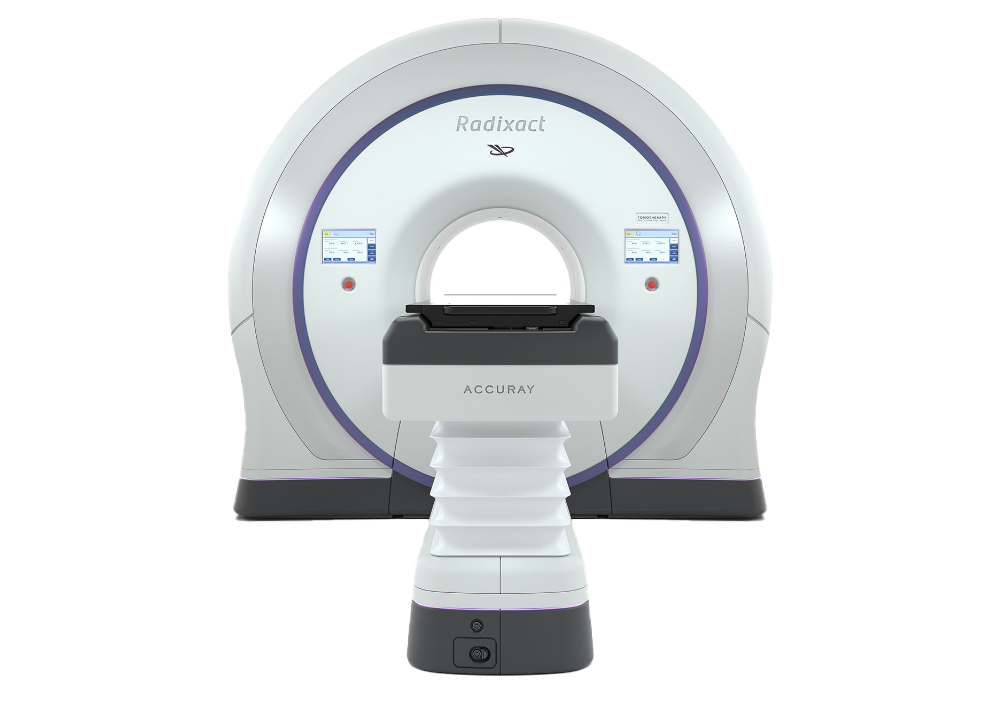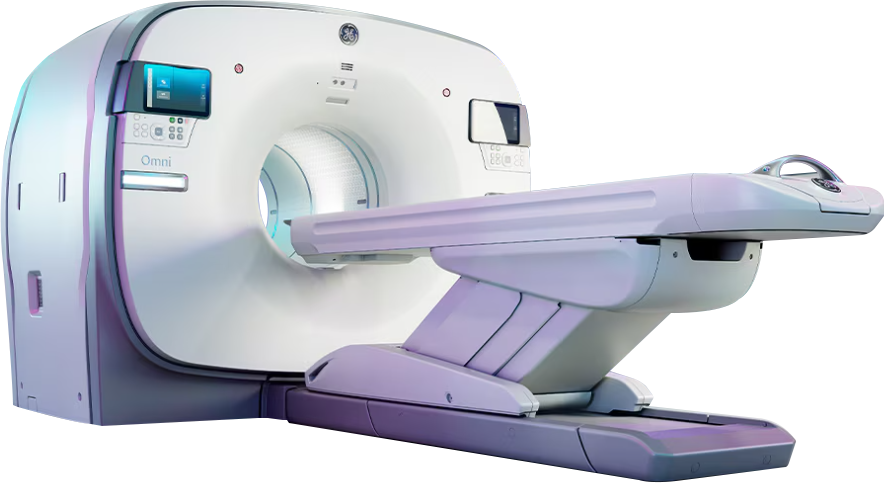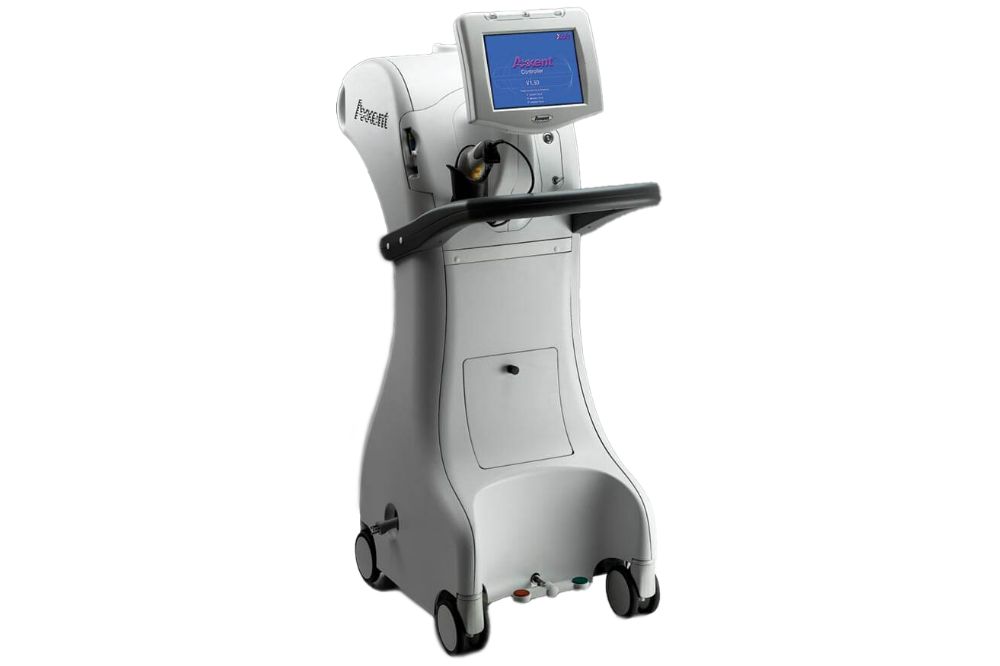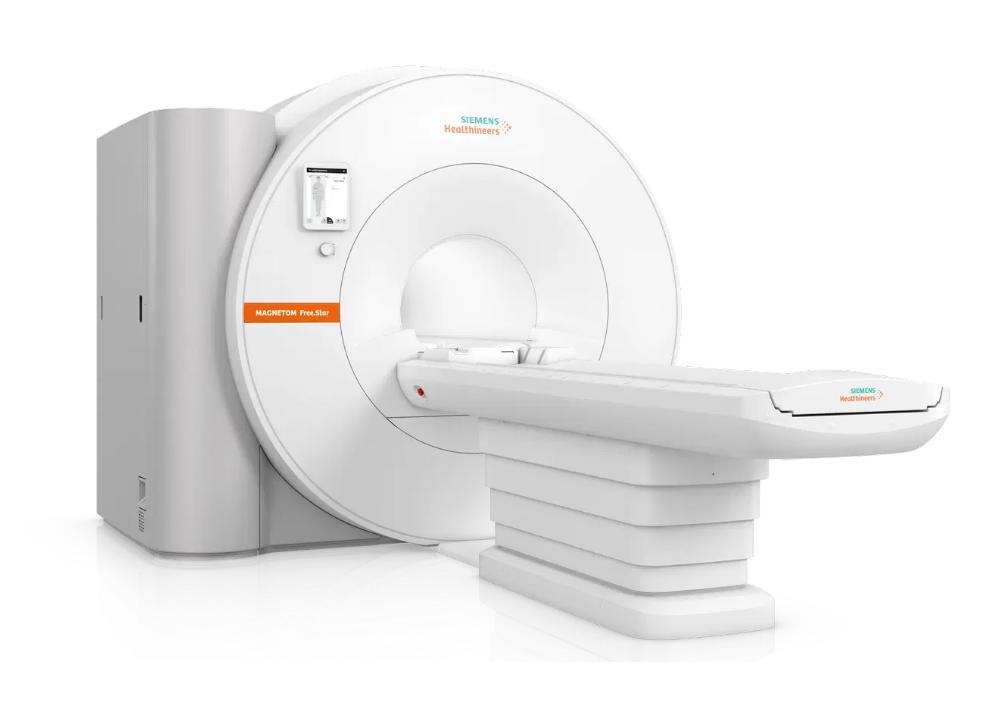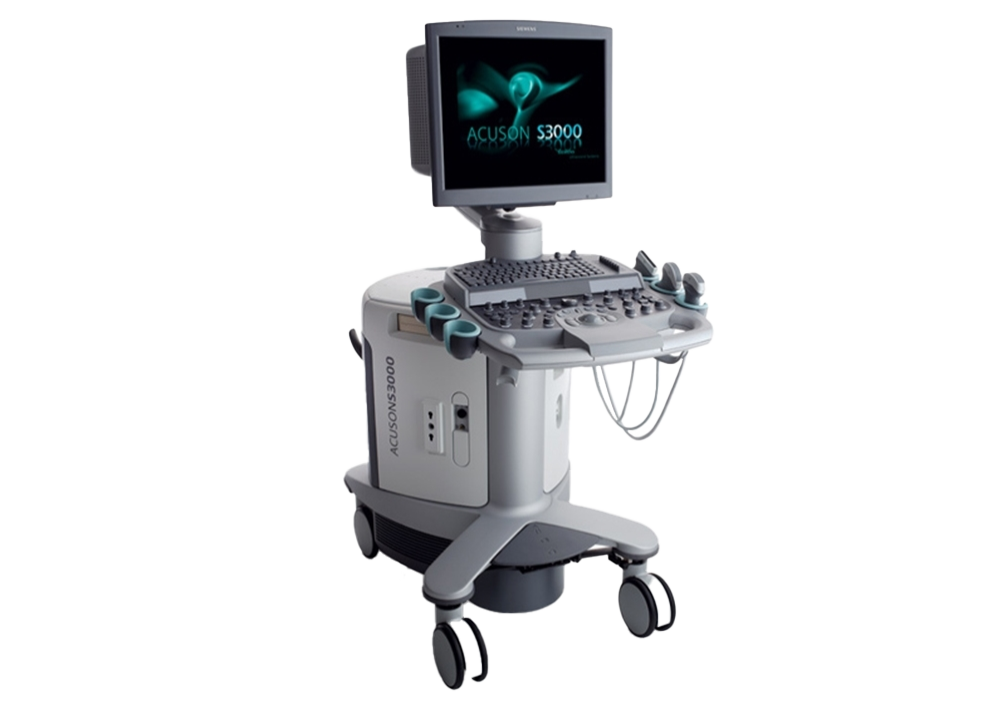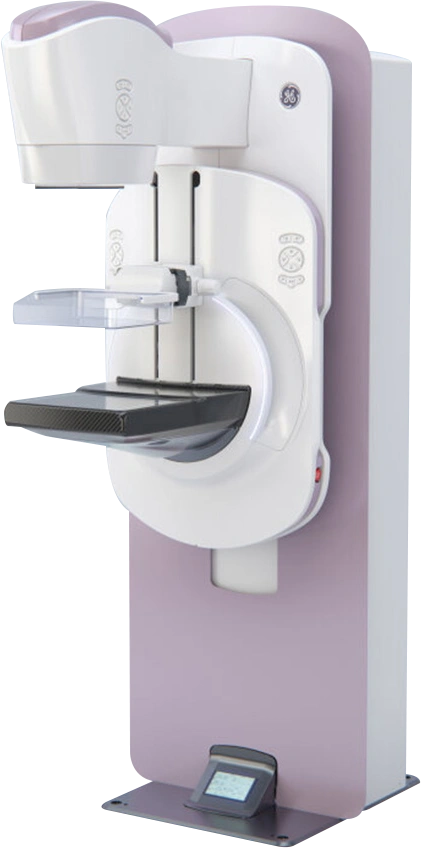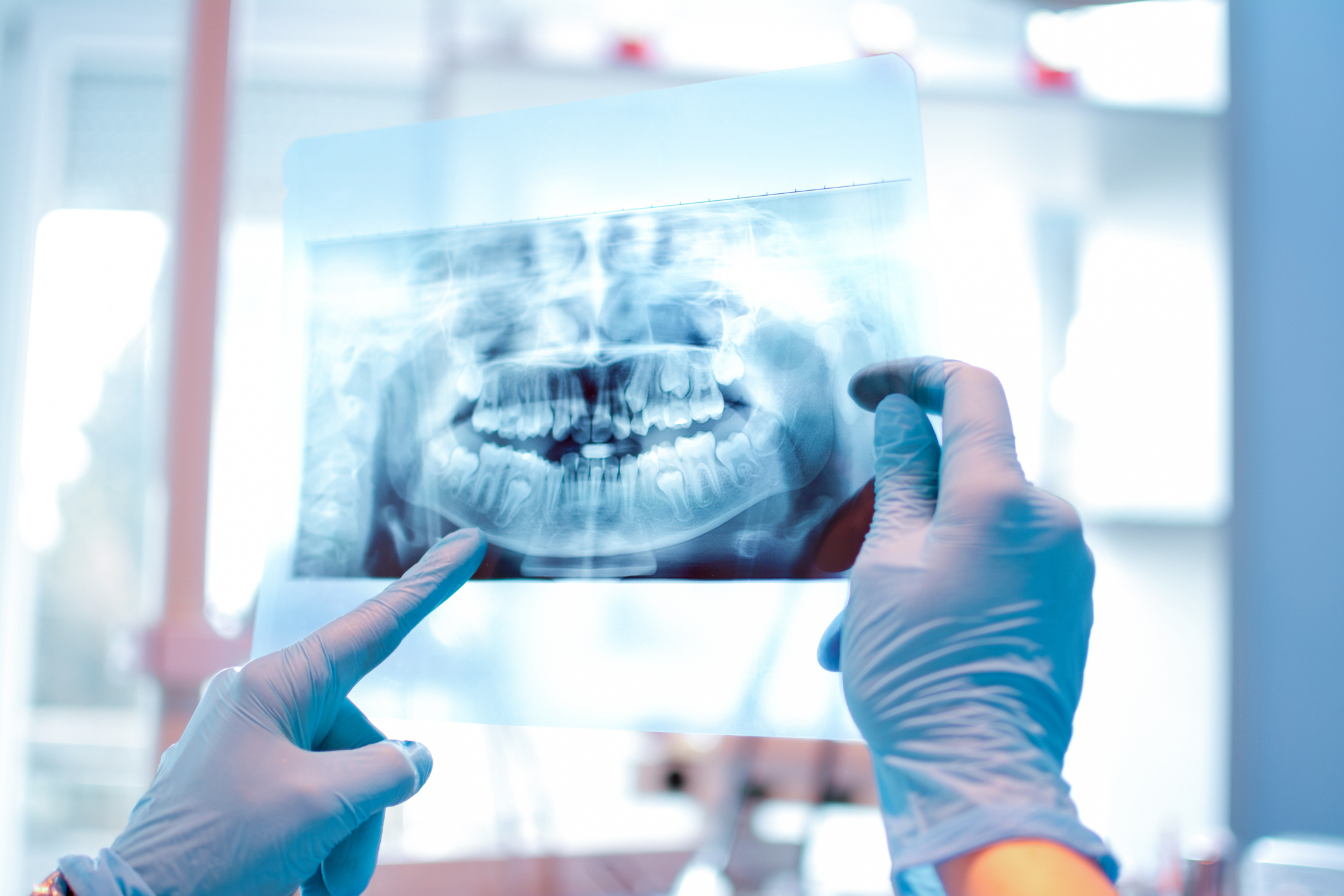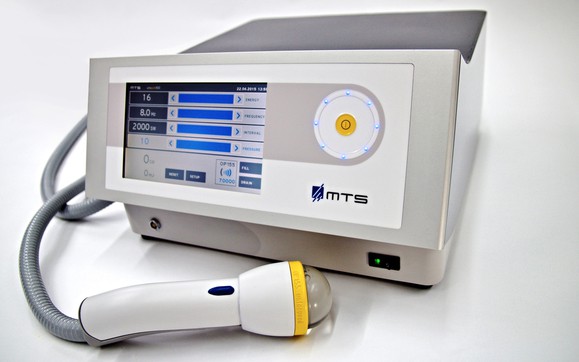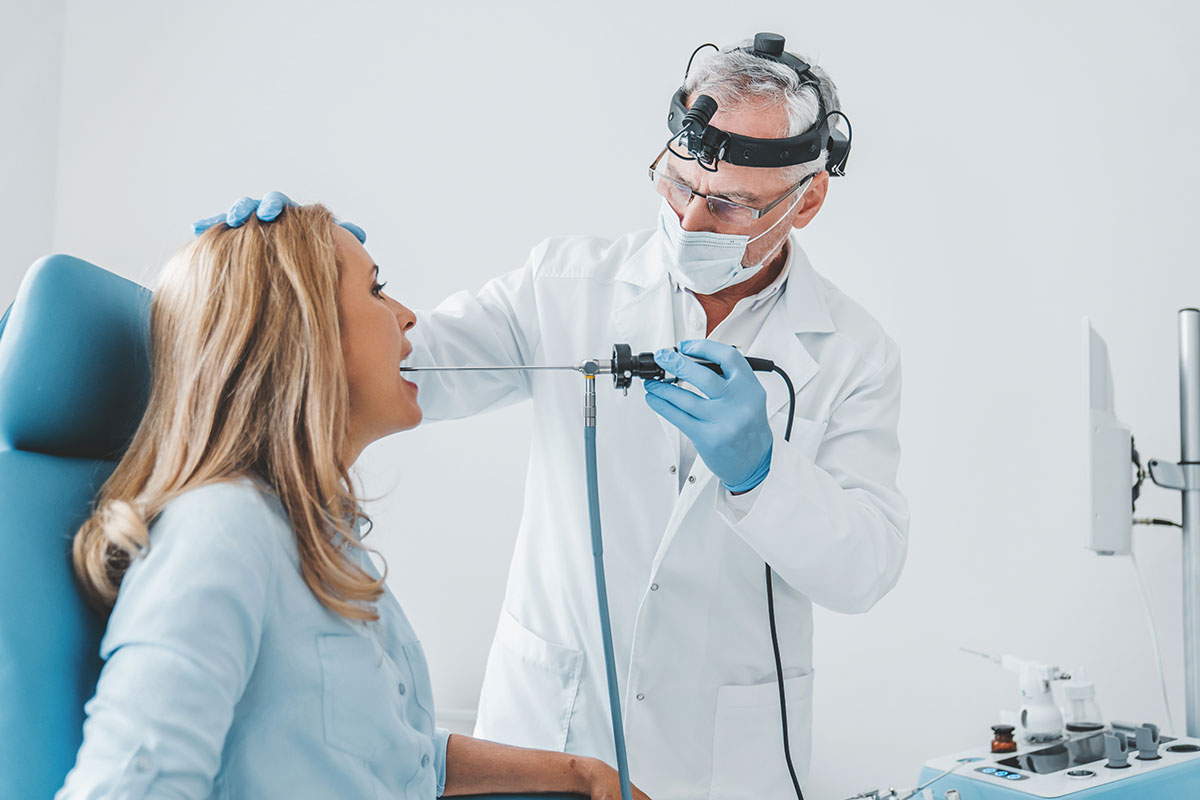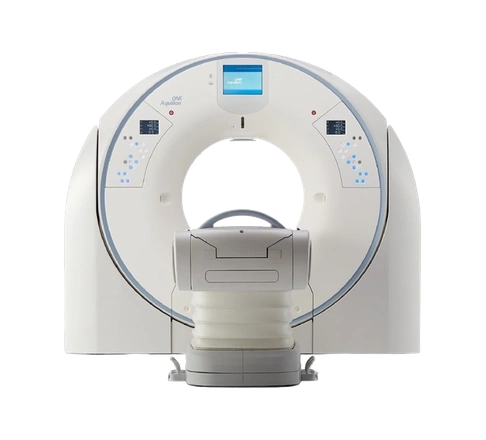ECG
ECG (Electrocardiogram): What is it, How is it Performed, and What are the Types of ECG?
An electrocardiogram is a medical device that records the electrical signals of the heart. It is a quick and painless test commonly used for the detection of certain heart diseases. This test is typically used in ambulances and emergency rooms for diagnosing urgent conditions. It can also be used in cardiology and pediatric cardiology (children's cardiology) departments to detect heart diseases. ECG devices are also found in family health centers, clinics where routine examinations like athlete health checks are conducted, and in operating rooms for necessary situations. Additionally, ECG devices are available in intensive care units and hospital wards to detect heart-related problems. There are also different types of tests applied with ECG devices. A stress ECG test is used to measure the heart's electrical signals and rhythm during physical activity. For the diagnosis of certain arrhythmias and heart diseases, a Holter ECG test, which operates continuously for 24 or 48 hours, is employed.

An electrocardiogram is a medical device that records the electrical signals of the heart. It is a quick and painless test commonly used for the detection of certain heart diseases. This test is typically used in ambulances and emergency rooms for diagnosing urgent conditions. It can also be used in cardiology and pediatric cardiology (children's cardiology) departments to detect heart diseases. ECG devices are also found in family health centers, clinics where routine examinations like athlete health checks are conducted, and in operating rooms for necessary situations. Additionally, ECG devices are available in intensive care units and hospital wards to detect heart-related problems. There are also different types of tests applied with ECG devices. A stress ECG test is used to measure the heart's electrical signals and rhythm during physical activity. For the diagnosis of certain arrhythmias and heart diseases, a Holter ECG test, which operates continuously for 24 or 48 hours, is employed.
What is an ECG?
The human heart consists of four chambers: two upper and two lower. The upper chambers are called atria, and the lower chambers are called ventricles. The atria and ventricles work in a synchronized manner for the proper functioning of the heart's pumping mechanism. While the atria contract, the ventricles relax, and while the ventricles contract, the atria relax. This synchronized operation of the heart is due to the movement of electrical signals in the heart muscle. The changing position of these electrical signals on the heart helps the atria and ventricles work in harmony. The position of the electrical activity can be calculated through electrodes placed on the body. The ECG device has six electrodes placed on the chest and four electrodes placed on the arms and legs, which transfer the position of the electrical activity into a graphical representation. This allows observation of both the electrical activity and the contraction and relaxation of the atria and ventricles. Any delay or difference in the transmission of the electrical signal can be visualized on the graph produced by the ECG device. When the electrodes are correctly placed, the ECG can also provide information about the position and size of the heart chambers.
When is an ECG Performed?
The ECG test is useful for diagnosing or monitoring many heart conditions. One of these is an irregular heart rhythm, also known as arrhythmia. Heartbeats appear as sharp lines on the ECG test and reach a peak. Measuring the distance between these peaks can determine whether the heart rhythm is regular. The frequency of these lines can also indicate whether the heart rate is high (tachycardia) or low (bradycardia). The ECG test also provides information about blocked heart arteries and heart attacks. It is especially used in ambulances or emergency rooms for patients presenting with chest pain, as it is a quick and easy method to detect blockages in heart arteries. This allows for the quick transfer or treatment of patients with detected blockages. The ECG test is also used for the diagnosis and monitoring of conditions like heart damage and heart failure. In some cases, the ECG test can be done as a routine screening to assess the risk of heart disease in middle-aged and older adults.
How is an ECG Performed?
The ECG test is a sensitive test used to measure the electrical activity of the heart and can be easily affected by electromagnetic objects in the environment. Therefore, any watches, metal rings or jewelry, and mobile phones should be removed and placed away from the device during the ECG test. While ECG devices can vary, the most commonly used type is the 12-lead ECG. Six chest electrodes are placed on the chest wall at the level of the heart. Some ECG devices have vacuum chest electrodes, which may cause temporary redness on the skin due to the vacuum. The other four electrodes are attached to the wrists and ankles, and these are clip-on electrodes. In men, the area where the electrodes are placed may need to be cleaned or shaved to ensure good adhesion and better signal transmission. The ECG test is usually performed while lying down. The standard ECG test takes about three minutes and does not cause pain. However, if the test paper shows interference, adjustments may need to be made, and the test may take longer than three minutes, usually finishing within ten minutes. The ECG test is very safe, though there may be mild discomfort after the electrodes are removed. Although the ECG device operates on electricity, there is no risk of electric shock because the ECG device does not send any electricity into the body; it only records electrical activity.
What is a Stress ECG?
In a stress ECG test, the electrical activity of the heart is observed while the person runs on a treadmill. This test, usually requested by cardiologists, involves attaching electrodes to the chest while the treadmill speed and incline are gradually increased to monitor the electrical rhythm of the heart. Blood pressure is also measured during the stress ECG test, and any discomfort in the chest or symptoms like fatigue are evaluated. Changes in blood pressure, heart rhythm, ECG, or increased symptoms may indicate coronary artery disease. In coronary artery disease, the flow of oxygen-rich blood to the heart muscle is reduced due to fatty plaque buildup in the arteries. While the stress ECG test cannot definitively diagnose coronary artery disease, it helps physicians determine whether further tests and imaging are needed. Physical activity that causes chest pain or shortness of breath, along with factors like high cholesterol, excess weight, and advanced age, increases the risk of coronary artery disease. Therefore, a stress ECG test may be applied. This test can detect arteries with severe blockages of 70% or more.
What is a Holter ECG?
A Holter ECG is a small, wearable device that records the heart's rhythm. It is used to detect irregular heart rhythms, known as arrhythmias. It is generally used when standard ECG devices do not provide enough information about the heart's condition. If irregular heart rhythms are infrequent and not detected during an ECG test, a Holter ECG can monitor the heart's rhythm over a long period. Holter testing may be performed in cases of unexplained fainting, heart conditions that increase the risk of arrhythmia, or symptoms like occasional palpitations that indicate irregular heart rhythms. There are no significant risks associated with wearing a Holter ECG device or undergoing the test. In some cases, there may be irritation or mild discomfort on the skin where the electrodes are placed. The results of the Holter ECG test can be affected by other electrical devices, and some devices may cause interference with the signals recorded by the electrodes. Therefore, it is advisable to avoid using electric blankets, razors, and toothbrushes during the Holter ECG test. Additionally, magnets, metal detectors, and microwave ovens can also affect electrical activity. Besides these, cell phones and portable music players should not be brought closer than 15 cm to the Holter device. The Holter device should not get wet, so activities like swimming or showering should be avoided while the device is worn. During the Holter ECG test, most daily activities can be performed unless otherwise indicated. It is also helpful to note the time and nature of symptoms like palpitations, shortness of breath, chest pain, or dizziness during the test to ensure accurate diagnosis. Unlike a standard ECG, the Holter ECG test typically lasts one or two days.



